Sim2 Nero 3D-1 Review
Sim2 Nero 3D-1
Sim2’s new Nero 3D-1 may cost less than half as much as the brand’s award-winning Lumis 3D-S, but it’s still a mighty fine 3D projector
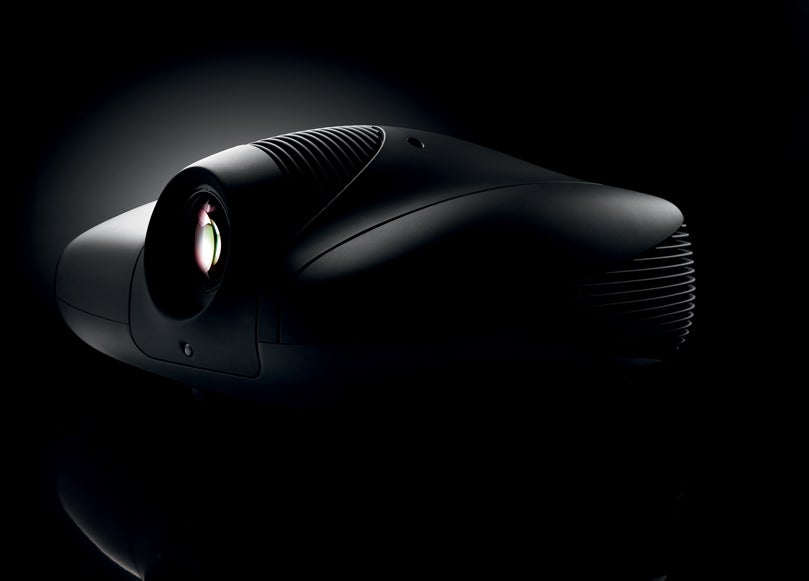
Verdict
Pros
- Amazingly clean 3D performance
- Outstanding 2D performance
- Excellent and surprisingly small design
Cons
- Minor rainbowing with very contrasty content
- It runs a touch noisily
- We haven’t got 13 grand to spare! Boo.
Key Specifications
- Review Price: £12995.00
- Single-chip DLP projector
- Active 3D playback
- 120Hz 3D playback
- ALPHAPATH engine
- 1600 ANSI Lumens brightness
It’s fair to say that a bit of AV gear costing 30 grand wouldn’t normally win one of our product of the year awards. But this year our judging panel in conjunction, remarkably, with a public vote all decided that the £30k Sim2 Lumis 3D-S projector was just so cutting edge, beautiful, and just plain brilliant that not to make it projector of the year would have been borderline criminal.
The main reason the 3D-S is so special is its 3D performance. For during our tests it delivered what remains to this day the only truly flawless demonstration of what full HD 3D in the home is capable of, complete with bright, punchy images, outstanding colour saturations, effortless 3D depth, perfectly judged contrast, a stunning exhibition of full HD active 3D fine detailing, and best of all, no crosstalk ghosting noise whatsoever.
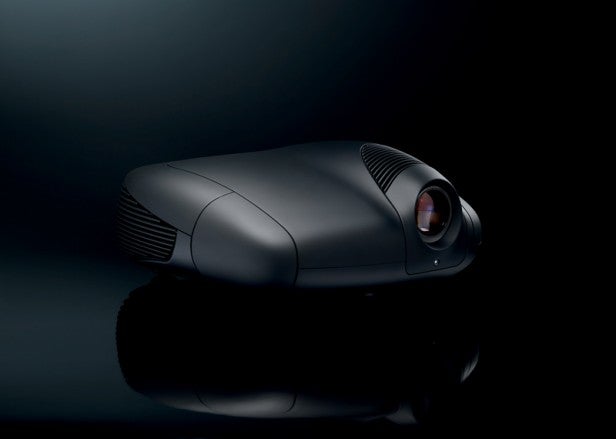
So we’re understandably pretty pumped today to be getting our hands on another Sim2 3D projector. Especially as this model, the Nero 3D-1, costs vastly less than its all-conquering sibling. In fact, at £12,995 it’s not much more than a third the price of the Lumis 3D-S. That said, clearly even £12,995 is a heck of a chunk of cash for most folk. Especially as the external 3D transmitter and 3D glasses are optional extras (£750 gets you the emitter with four pairs of glasses, for instance).
But we’d venture to suggest that you could perhaps add £13k-£14k to your mortgage without necessarily feeling the pain too much…
The first question that needs to be addressed in assessing the Nero 3D-1, of course, is exactly why it’s so much cheaper than the Lumis 3D-S. And the most important part of the answer is that it employs a single-chip DLP optical system rather than the Lumis 3D-S’s three-chip engine. This means the Nero has to use a spinning colour wheel system to produce its colours, a fact which has the potential to negatively impact motion reproduction and noise levels while also possibly generating the ‘rainbow effect’, where you see coloured stripes over bright objects; in your peripheral vision; or when you flit your eyes over the picture. 
To be absolutely clear about this, we’re not saying that all single chip projectors necessarily look like a POS compared with three-chip ones! In fact, the vast majority of DLP projectors we’ve seen are single-chip, and some are excellent. But if you’re looking for ‘big’ reasons for the Nero 3D-1’s relative cheapness, then there they are.
The Nero 3D-1 also uses a slightly less powerful lamp than the 3D-S, resulting in a quoted brightness of 1600 ANSI Lumens versus the 3000 ANSI Lumens of the 3D-S. This has the potential to make a significant difference to 3D viewing given the inevitable dimming effect of active shutter glasses.
One final key internal difference is the absence in the Nero 3D-1 of the key triple-flash technology sported by the 3D-S, which did such an amazing job of removing flicker and crosstalk from that model’s 3D images. Triple Flash isn’t possible on a single-chip DLP model.
However, the Nero 3D-1 does still manage a 120Hz 3D refresh rate – or ‘2.5 flash’! – so there’s every reason to hope that crosstalk’s double ghosting noise is still not an issue.
The Nero 3D-1 wears the same remarkably compact (by high-end projection standards) Giorgio Revoldini-designed body shape as the 3D-S, though it doesn’t enjoy the same ultra-polished finish. However, we’ve developed quite a soft spot for the Nero’s slightly rubberised black finish. It’s just soooooo strokable…
Moving swiftly on, the last point of difference with the Lumis 3D-S to stress is that the Nero 3D-1 doesn’t let you manually adjust its light output.
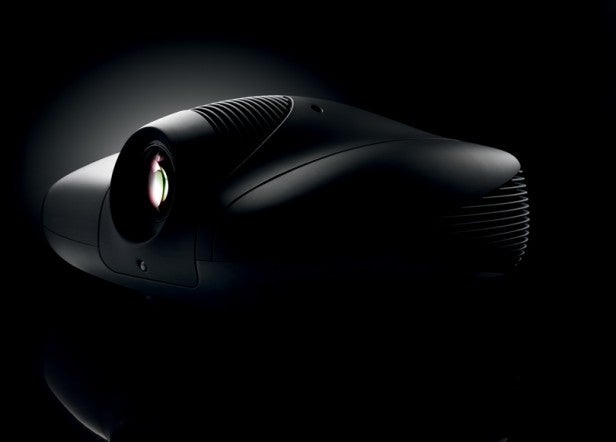
As well as the numerous differences we’ve just covered, it’s worth adding that the Nero 3D-1 also shares many things with its illustrious 3D-S sibling. The internal chassis is pretty much the same. The video board is pretty much the same, The primary fold mirror in the optical engine is pretty much the same. The lamp and tapered ‘integrator rod’ (which takes the raw light from the lamp and converts it into a pure, refined beam) is pretty much the same.
The Nero also still benefits from Sim2’s latest ALPHAPATH light engine for boosting colour depth, black level, contrast and brightness. And of course, the Nero 3D-1 can still be calibrated to pretty much perfection via the outstanding Live Colours calibration software system.
Right, that’s it. We can’t contain ourselves any more. It’s high time we found out if the Nero 3D-1 can deliver 3D thrills in the same sort of league as those of the Lumis 3D-S. And the probably predictable answer is that it both can and can’t…
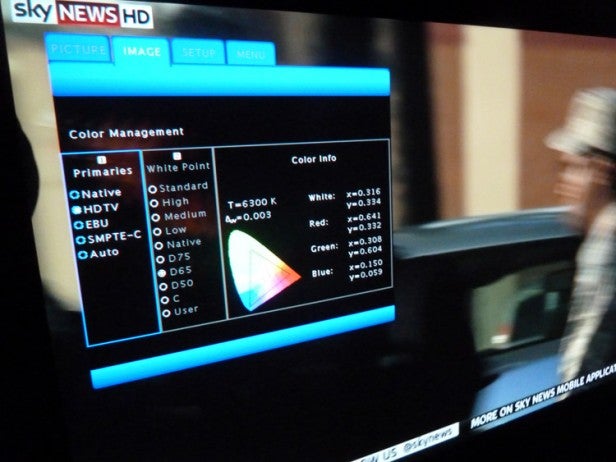
Let’s get the bad news out of the way first – if only so we can finish on the high note the Nero 3D-1 deserves. First, its 3D pictures aren’t as punchy, richly coloured, dynamic and bright as those of the Lumis 3D-S. Second, motion with 3D and 2D suffers slightly more with judder than it does on the Lumis 3D-S.
Third, the projector runs a little noisily – though at least the fan noise is very smooth and constant, which should enable a good installer to minimise its impact.
Our final ‘niggle’ is that under very particular source conditions you can see traces of the rainbow effect. The sort of ‘source conditions’ we’re talking about are predominantly those where extremely bright image content sits against really dark image content – for instance, the bright text information left onscreen while you wait for other areas to load when playing Skyrim.
It must be stressed, though, that the sort of extreme moments of contrast needed to reveal rainbowing are actually quite rare. Furthermore, the rainbowing is very low-level even when it does show up. In fact, it’s entirely possible/likely that most people won’t see it at all.
The only reason we’re making anything much out of it is because we’re comparing the Nero 3D-1 with the three-chip perfection of the Lumis 3D-S – which actually isn’t all that fair given the 17 grand price difference!
Everything else about the Nero 3D-1 is extraordinarily good. Particularly jaw-dropping, for instance, is the astonishing clarity of its 3D pictures. If you’ve ever doubted the worth of the full HD active 3D format, the Nero’s pictures will silence you in an instant, as they serve up sensational levels of texture, detail, clarity and sharpness that are made all the more irresistible by the fact that they’re being writ large on our 90in projection screen.
The Nero 3D-1 also delivers an impeccable sense of depth with its 3D images, especially as the image’s seemingly effortless sharpness and superb contrast performance allow it to deliver subtle depth-perception ‘signals’ that other 3D displays just cannot reproduce.

The contrast performance mentioned a moment ago is a source of constant joy while you watch the Nero 3D-1 in 2D mode too, as it unfailingly delivers precisely the right balance between dynamism, black level response and shadow detail.
The Nero 3D-1’s stunningly natural reproduction of dark scenes and all their details – especially in 3D mode – is actually one of the main things that separates it from more mainstream 3D projectors.
Another is the immaculate colour palette the projector delivers in both 2D and 3D mode. It’s fairly common for 3D to catch out a projector’s colour capabilities, but when the Nero 3D-1 detects a 3D input it engages a perfectly calibrated set of ‘compensation’ settings to account for the impact of the XpanD glasses. It’s hard to express just what a profound impact this colour accuracy in 3D mode has on the immersiveness of your experience.
All this and we haven’t even mentioned yet that despite not having the Lumis 3D-S triple flash technology, the Nero 3D-1 manages to reproduce 3D images with practically zero crosstalk, even during notoriously difficult sequences.
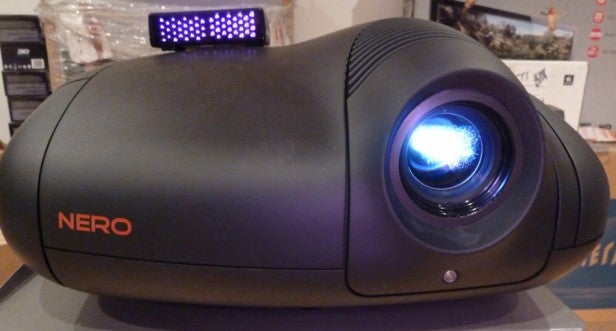
Not having any crosstalk to worry about plays a huge part in the incredible fine detail with 3D images noted earlier. In fact, so immaculate are the Nero 3D-1‘s images that regardless of whether we were watching in 2D or 3D mode, we regularly became aware of things in HD and 3D source pictures that we’d never particularly noticed before.
Put all the Nero 3D-1’s considerable strengths together and you’ve got yet another sensational Sim2 success story. We’re long used now to seeing Sim2’s projectors squeeze a little more out of 2D sources than ‘mainstream’ projectors. But the Nero 3D-1 proves again that the visual benefits of stepping up to a truly premium projector are massively more pronounced when 3D is involved.
Verdict
Inevitably given the £17,000 price difference (!), the Nero 3D-1 isn’t quite as downright astonishing as Sim2’s award-winning Lumis 3D-S. Its 3D images aren’t as bright, and there’s more judder and sporadic, faint traces of the rainbow effect.
However, the precision, clarity, contrast, sharpness, colour accuracy and stunning purity of the Nero 3D-1’s images remain so far ahead of mainstream 3D projectors right now that its £13K price almost looks like a bargain. Our time with the Nero 3D-1 merely underlines our feeling when testing the Lumis 3D-S that you just haven’t seen domestic full HD 3D until you’ve seen it on a Sim2 projector.
Trusted Score
Score in detail
-
Value 8
-
2D Image Quality 9
-
Features 9
-
3D Image Quality 10
-
Design 10
Features
| Native Aspect Ratio | 16:9 |
| Projector Type | Single-chip DLP |
| Brightness (Lumen) | 1600lm |
| Contrast Ratio | more than 10,000:1 |
| Full HD 1080p | Yes |
| 3D Ready | Yes |
| Max Diagonal Image Size (Inch) | 300in |
| Min Projection Distance (Foot) | 50infeet |
| Lamp Type | UHP |
| Lamp power (Watt) | 280W |
A/V Ports
| HDMI | 2 (v1.4) |
| Component | 1 |
| Composite | 1 |
| Charging/Computer Connection | 1 |
Physical Specifications
| Height (Millimeter) | 210mm |
| Width (Millimeter) | 458mm |
| Depth (Millimeter) | 455mm |
| Weight (Gram) | 11g |

